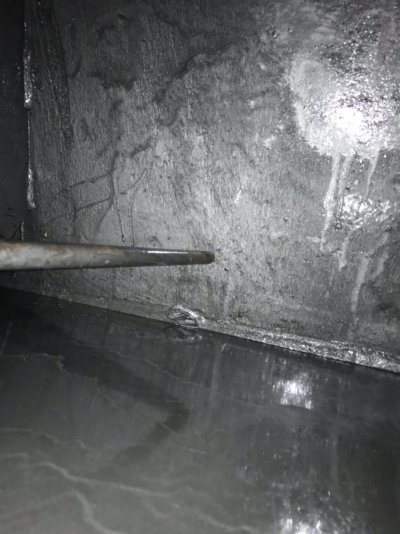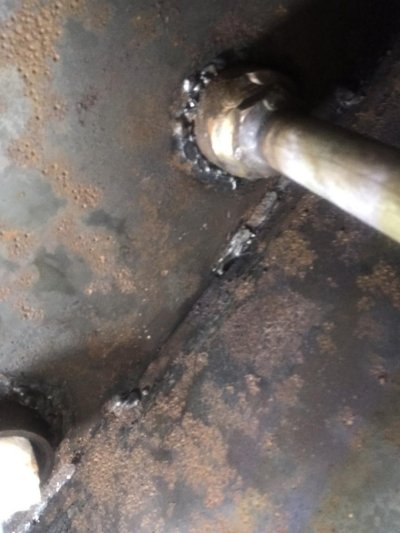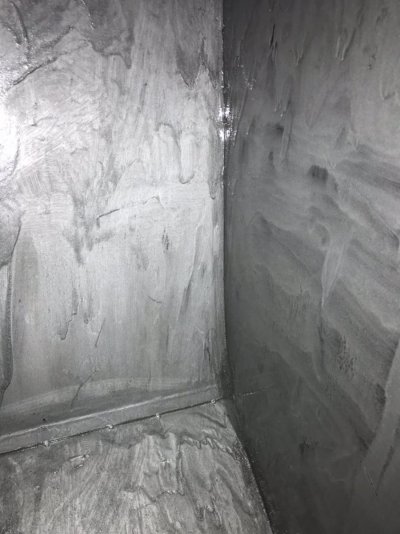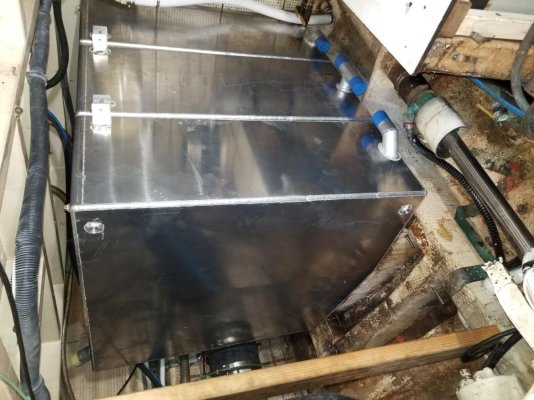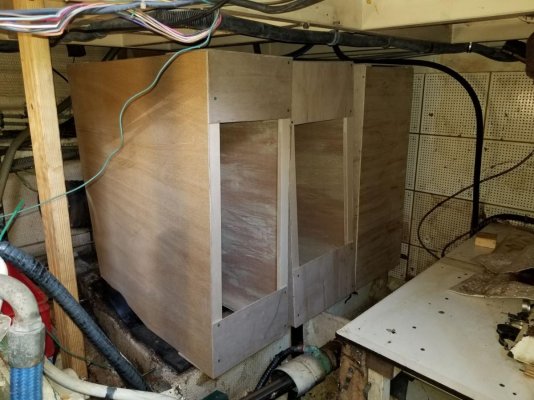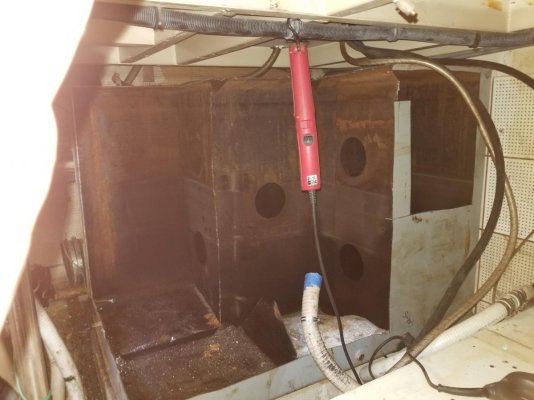William983
Veteran Member
- Joined
- Dec 17, 2019
- Messages
- 52
- Location
- Usa
- Vessel Name
- Tortuga Roja
- Vessel Make
- Oceans PT Sundeck 46
Thanks!
All you input has been very helpful.
I’m kinda worried about the thickness of splash zone
It looks like it may be hard to work to a quarter inch.
I was thinking epoxy paint? Not sure, may get some splash zone to try it.
All you input has been very helpful.
I’m kinda worried about the thickness of splash zone
It looks like it may be hard to work to a quarter inch.
I was thinking epoxy paint? Not sure, may get some splash zone to try it.

